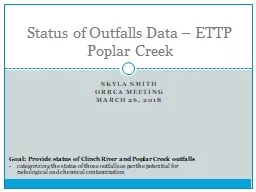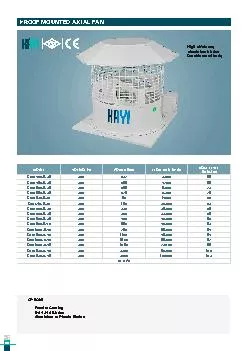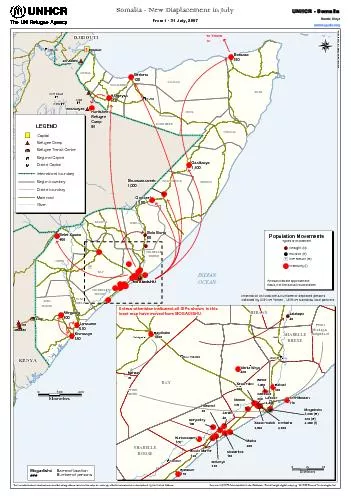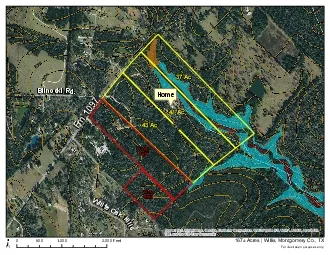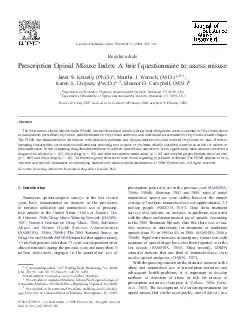PPT-ITEC 380
Author : min-jolicoeur | Published Date : 2015-10-19
Organization of programming languages Lecture 10 Prolog Review Homework 2 due on F Semester project will be out either F or M C picked as OO Language Lists Recursion
Presentation Embed Code
Download Presentation
Download Presentation The PPT/PDF document "ITEC 380" is the property of its rightful owner. Permission is granted to download and print the materials on this website for personal, non-commercial use only, and to display it on your personal computer provided you do not modify the materials and that you retain all copyright notices contained in the materials. By downloading content from our website, you accept the terms of this agreement.
ITEC 380: Transcript
Download Rules Of Document
"ITEC 380"The content belongs to its owner. You may download and print it for personal use, without modification, and keep all copyright notices. By downloading, you agree to these terms.
Related Documents





